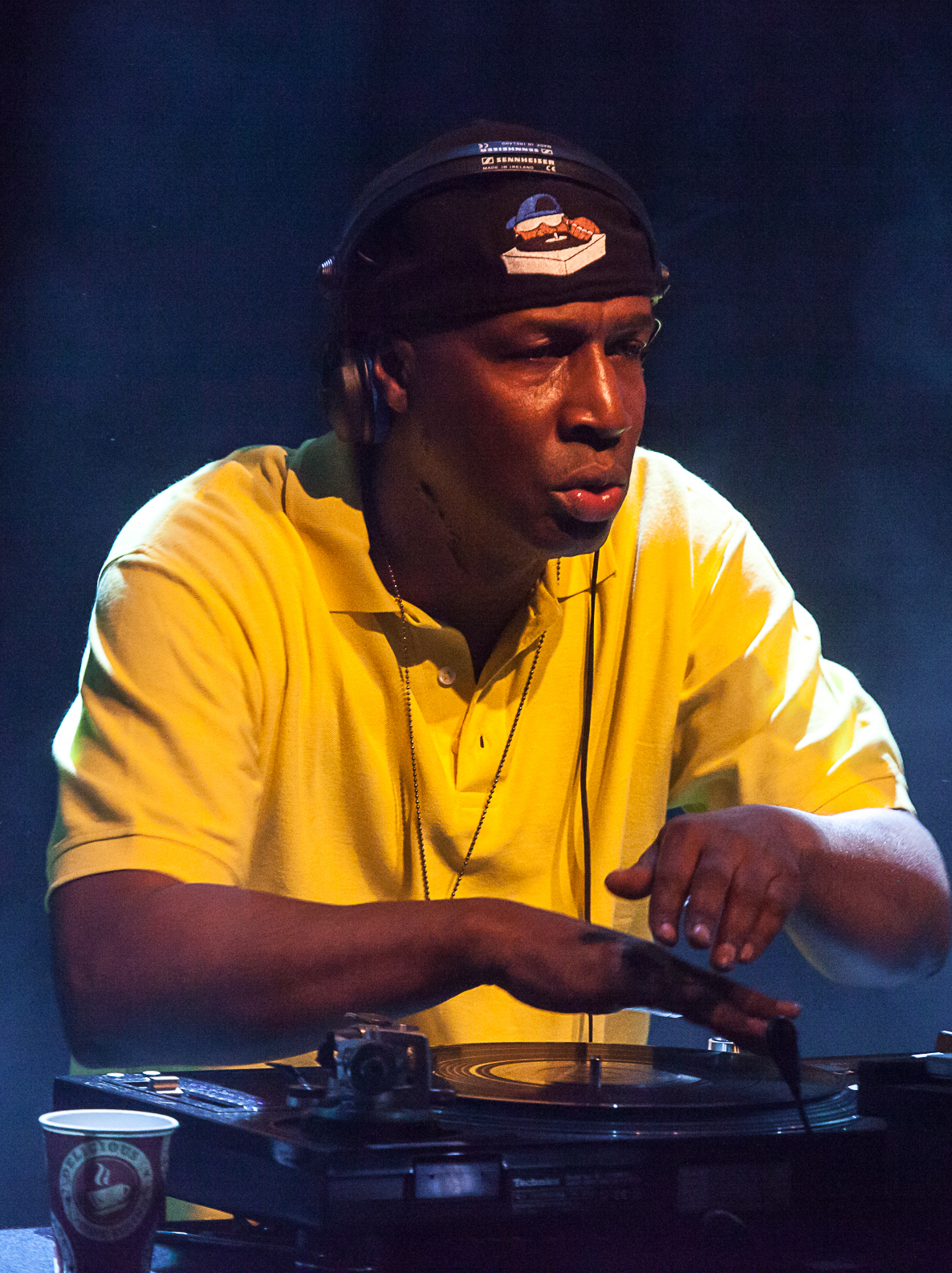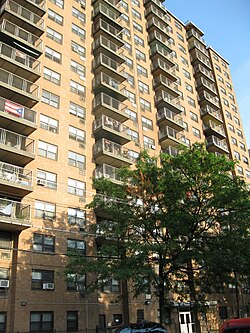Who Began It?
DJs found certain breaks to be extremely popular from records like Baby Huey's "Listen To Me", James Brown's "Give It Up or Turnit a Loose", Dennis Coffey's "Son of Scorpio", Cymande's "Bra", Dynamic Corvettes' "Funky Music Is the Thing", Jeannie Reynolds' "Fruit Song", as well as the Incredible Bongo Band's "Apache" and "Bongo Rock". DJ Kool Herc figured out a way to prolong these breaks by crossfading between two copies of the same record. Herc's initial claim to fame was his sound system which featured a McIntosh Laboratory amplifier and two columns of Shure speakers. He dubbed it "The Herculords", and it earned him a massive following.

DJ Kool Herc (1999)
DJ Kool Herc is often regarded as the father of Hip-Hop.
What Started It?
By the 1970s, The Bronx had been cut in half by the Cross Bronx Expressway. The construction accelerated "white flight" from the neighborhood and concentrated lower income African American, Latin American, and Caribbean residents in the southern half of the borough. This massive, multi-ethnic, working class community is where hip-hop was born.[52][53] The traditions of these ethnicities all informed the emerging genre. As all music does, hip-hop reflected the social, economic, and political realities of its creators, who were sometimes disenfranchised and marginalized. The dominant genre of the time was disco. Even black radio stations were playing hit disco records as they targeted larger suburban audiences. The way Europe stripped the blackness out of funk and disco and streamlined it became a target for parody in the black community. George Clinton mercilessly lampooned it as "The Placebo Syndrome" in his P-Funk mythology. Even though disco birthed hip-hop, much of the genre's early spirit was a rebellion against its parent. Hip-hop first had to inherit the rich trove of studio and DJ techniques that disco innovated.
His method of playing breaks was extremely crude, however. Herc would just estimate where the break was as he tried to extend it. Often, he would have to talk over the transition as the breaks did not match up. It was DJs like Grand Wizzard Theodore, Jazzy Jay, and Grandmaster Flash who perfected the trick. They developed a technique known as needle dropping by precisely cuing up the breaks in headphones in order to create a perfect transition between the two phonographs. As the first break finished, they would crossfade to the second turntable which was cued up at the beginning of the break. While the second record played, they would spin the first record backwards to the beginning of the break and crossfade into it when the second break was over. This method allowed a break to be prolonged indefinitely. These extended breaks became known as a "breakbeat". When a playing record is reversed, the sound is distorted. The effect became trendy and eventually evolved into the hip-hop technique known as "scratching".
George Clinton (Parliament)
One of George Clintons funk band Parliament's best selling albums (Funkentelechy Vs. The Placebo Syndrome).

Grandmaster Flash (2014)
Grandmaster Flash revolutionized DJ'ing with his quick mix theory, he is best known for his part in the Furious Five and their song "The Message".
How Was It Spread?
Kool Herc first began extending breaks at a back-to-school rent party his sister Cindy Campbell hosted in the recreation room of their building at 1520 Sedgwick Avenue on the southwest side of the Bronx. The date of the party, August 11, 1973, has been aggressively marketed as the "Birth of Hip-Hop". The Campbells emigrated from Jamaica when Herc was 12. Initially, Herc denied any connection between the Jamaican music scene and his work. Later in life, he embraced the parallels.
Kool Herc's style attracted a following that outgrew the rec room, and he joined the thriving block party scene. These parties were an outlet for teenagers, where "instead of getting into trouble on the streets, teens now had a place to expend their pent-up energy." Tony Tone, a member of the Cold Crush Brothers, stated that "hip hop saved a lot of lives". For inner-city youth, participating in hip-hop culture became a way of dealing with the hardships of life as minorities within America, and an outlet to deal with the risk of violence and the rise of gang culture. MC Kid Lucky mentions that "people used to break-dance against each other instead of fighting".
A typical hip-hop event was a triple bill featuring the DJ, MC, and breakdancers. Graffiti artists would decorate the stage and design flyers and posters. Much of the graffiti, rapping, and b-boying at these parties were artistic variations on the one-upmanship of street gangs. Sensing that gang members' often violent urges could be turned into creative ones, Afrika Bambaataa founded the Zulu Nation, a loose confederation of street-dance crews, graffiti artists, and rap musicians. Rock Steady Crew were a group of breakdancers which included members from Puerto Rico.
Click Below to learn how Hip Hop grew beyond the Bronx.

1520 Sedwick Avenue, Bronx
The site of Cindy Campbells party "The Birthplace of Hip-Hop".